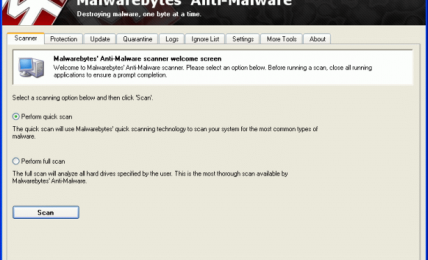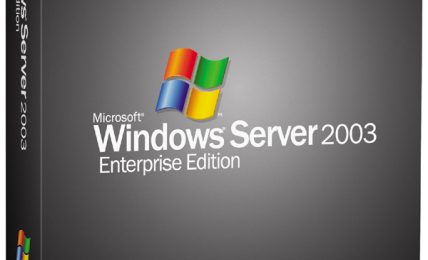The healthcare system in its current state leaves much to be desired in the realm of information technology. While progress is being made, the medical industry is among the slowest to adopt new, or at the very least, up-to-date IT resources. As a result, we get to witness some troubling efficiency statistics.
The Problem With Today’s Healthcare IT Systems
According to a recent article on the subject of healthcare IT in ComputerWorld, roughly 20 percent of patients report that test results aren’t delivered in time for an upcoming appointment. On one side of the coin, there’s the argument that IT will solve all of the healthcare system’s efficiency problems. On the other hand, some analysts say that IT can do little to bleed through the bureaucracy and red tape that makes treating patients more difficult.
IT & Healthcare: Meeting in the Middle
The real answer is somewhere in the middle. It’s not breaking news that the healthcare system needs an overhaul on a very fundamental level. It’s also true that IT is only a tool – a means to an end – and not necessarily the final solution. Still, an IT overhaul would go a long way toward improving overall efficiency while the rest of bureaucrats are working out other system kinks.
Storage Considerations
Back in 2010, data storage options were among the biggest IT concerns throughout the healthcare industry. Unfortunately, not much has changed in that regard. On an infrastructural level, many institutions are still relying on archaic storage solutions and expecting different results. What the healthcare industry really needs is flexibility. Obviously, in a healthcare environment infrastructural needs can fluctuate from time-to-time. In other words, hospitals and other healthcare institutions need to be able to roll out infrastructural resources on an as-needed basis.
New Tech Adoption: Server-in-a-Box Solutions
Companies are beginning to unveil simplified storage solutions that essentially function as an infrastructure-in-a-box. One of the biggest hurdles to overcome when adopting new IT resources in a healthcare environment is complexity. Most solutions that offer high levels of high-speed virtualization tools are difficult to configure, especially if you’re dealing with massive sets of data. The HC3 storage platform lets you manage data in a virtualization environment without the need for multiple complex NAS or SAN storage layers. In fact, configuration can be completed in a matter of a few hours.
An Ongoing Issue
New IT solutions aren’t likely to solve decades of inefficient healthcare operations, but it is a step in the right direction. Imagine if healthcare data was delivered to and from doctor’s offices, hospitals and labs at breakneck speeds. New infrastructural resources that can be rolled out quickly and on an as-needed basis could potentially transform how medical data is distributed. But even if hospitals and other medical facilities don’t move towards full-scale adoption of new infrastructural tech, it’s clear that most healthcare facilities aren’t utilizing IT technology to its fullest. At the very least, healthcare IT professionals need to take a hard look at how they’re using their IT resources and ditch what’s obviously not working.






